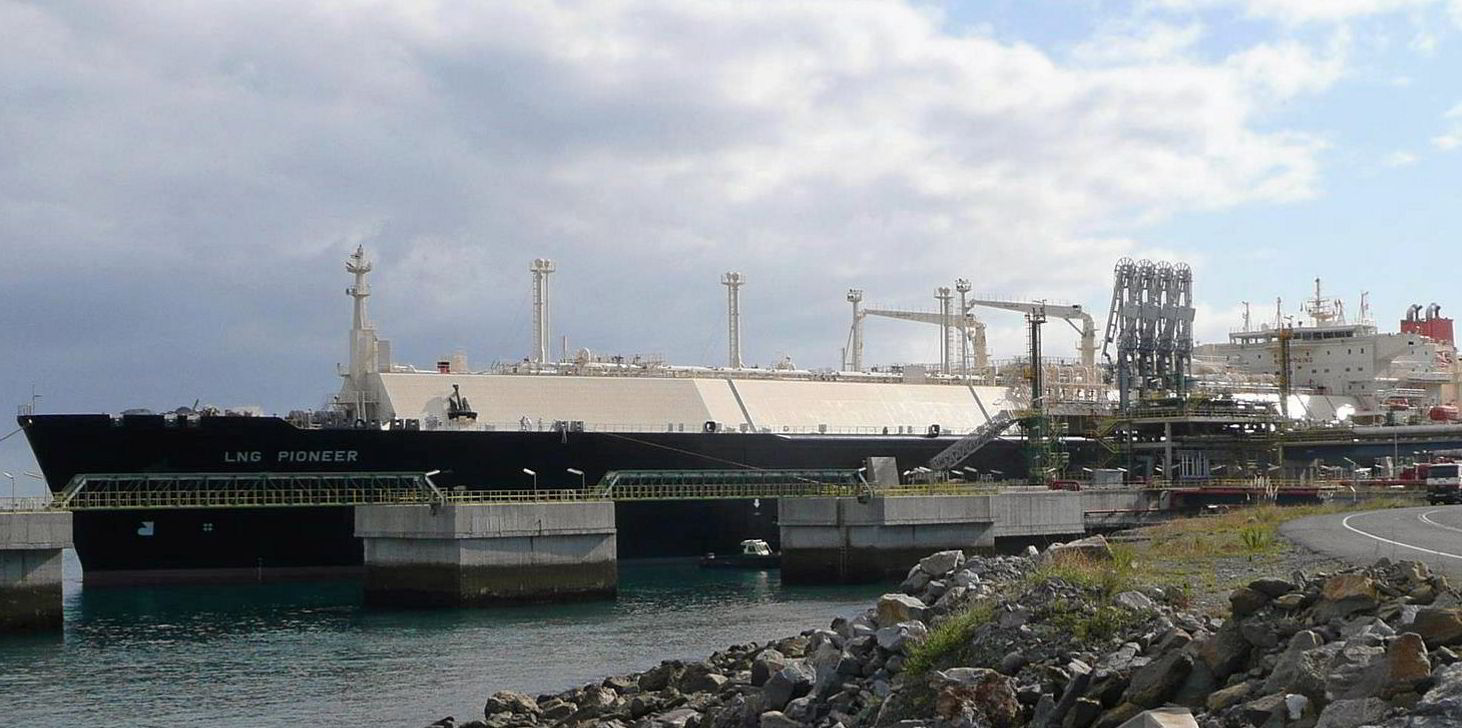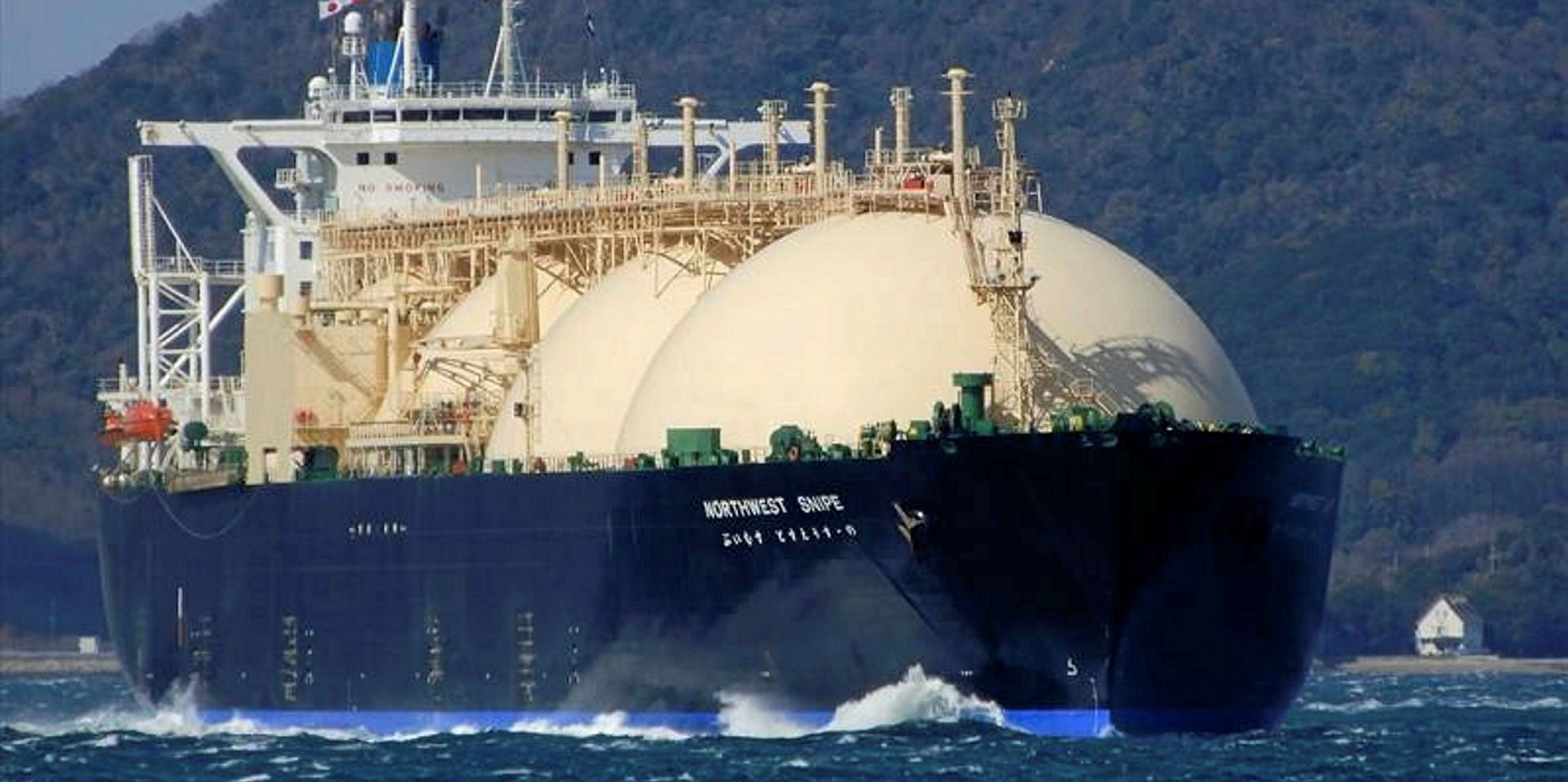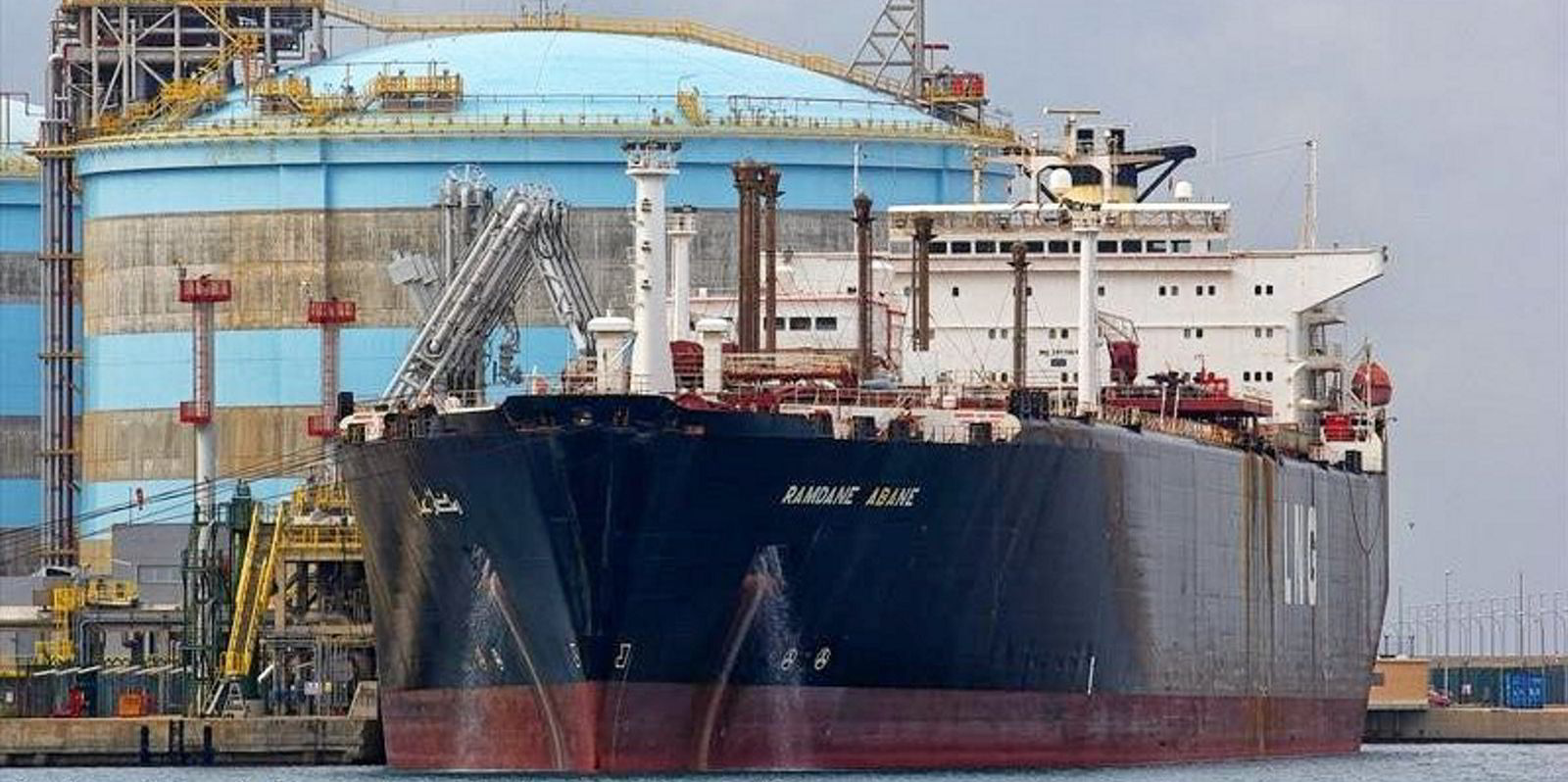A clutch of secondhand steam turbine LNG carriers have emerged as potential sales candidates, in a market where their values are under downward pressure.
Shipbrokers said the number of vessels being marketed more forcefully is in “the low double digits”, with ships built in the late 1990s and early 2000s slowly being pushed out as sales candidates.
They indicated that the vessels available are mostly from Asian owners with large fleets that have begun to consider their options.
One broker cited the January sale of a 15-year-old Mitsui OSK Lines steam ship as something of a last-done benchmark price. The 138,000-cbm LNG Pioneer (built 2005) was sold to Chinese trader Jovo for about $38m.
But others spoke of an apparent disconnect between owners’ and buyers’ price expectations.
One LNG specialist said that while some steam turbine vessels are being marketed on the basis of a book value of between $45m and $60m, negotiations are homing in on prices at just over half those levels.
The broker added that pricing LNG carriers is difficult, as is assessing the length and rates of any potential employment.
Complicated picture
He said the International Maritime Organization’s recently agreed efficiency standards for existing ships, known as EEXI, are also complicating the picture for older LNG carriers. They tend to have a higher cargo boil-off rate than their modern counterparts, so slow steaming to improve their EEXI rating would increase their cargo loss.
Highlighting more than 200 steam ships that will potentially come up for review as their contracts end, and emphasising the advantage of moving early on sales, he added: “If you are clever in today’s market, you’d get cracking.”
Another sale-and-purchase broker commented on the slow pace of sales, with ships being circulated for a year or more before being sold.
TradeWinds understands negotiations are ongoing on the four remaining vessels of Australia’s North West Shelf Shipping Services’ former seven-ship fleet.
The 127,000-cbm Northwest Sanderling (built 1989), Northwest Snipe (built 1990), Northwest Stormpetrel (built 1994) and Northwest Sandpiper (built 1993) were first put up for sale in 2018.
Negotiations are understood to be continuing with one party on the quartet, with some form of sale expected to be concluded this year.
Brokers said many owners of older steam ships are holding out for project business that could see their vessels converted into floating regasification or storage units.
Scrapping urged
But one said that project buyers tend to be opportunistic, swooping in when they need tonnage.
If there were a firm buyer in the market, he has no doubt 15 to 20 ships would be available. However, in the current market, where vessels are sometimes floated and then withdrawn, it can be difficult to determine serious sellers.
In the longer term, brokers said some shipowners will have to look more seriously at scrapping vessels. Demolition numbers for LNG carriers ticked up last year, with six sent for scrap compared with two or three in previous years.








